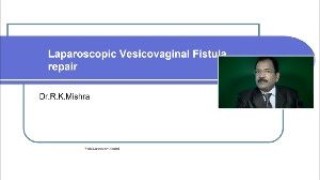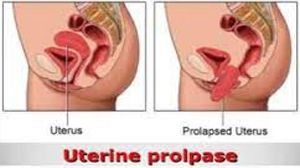Laparoscopic Myomectomy and Salpingectomy
Add to
Share
289 views
Report
2 months ago
Description
Laparoscopic surgery has revolutionized the management of gynecological conditions by offering patients minimally invasive, safe, and effective alternatives to open procedures. Among the most frequently performed laparoscopic interventions are myomectomy and salpingectomy, both of which play a critical role in improving women’s reproductive and overall health. Laparoscopic Myomectomy Definition Laparoscopic myomectomy is the surgical removal of uterine fibroids (leiomyomas) through small abdominal incisions using a laparoscope. It is particularly suited for women who desire future fertility or want to preserve their uterus. Indications Symptomatic fibroids causing: Heavy menstrual bleeding Pelvic pain or pressure Infertility or recurrent miscarriage Large or multiple fibroids distorting the uterine cavity Desire to retain the uterus and fertility Procedure Under general anesthesia, small ports (5–10 mm) are created in the abdomen. A laparoscope provides magnified visualization of the uterus. Fibroids are identified, dissected, and removed carefully without damaging the healthy uterine tissue. The uterine incision is sutured laparoscopically in multiple layers to restore structural integrity and reduce the risk of uterine rupture during future pregnancy. The fibroid is usually extracted using a morcellator or mini-laparotomy. Advantages Smaller incisions with minimal scarring Reduced blood loss compared to open myomectomy Faster recovery and shorter hospital stay Preservation of the uterus and fertility Laparoscopic Salpingectomy Definition Laparoscopic salpingectomy is the surgical removal of one or both fallopian tubes through minimally invasive techniques. It is commonly performed for tubal pathology, risk reduction, or ectopic pregnancy management. Indications Ectopic pregnancy (especially ruptured or recurrent) Hydrosalpinx causing infertility Tubal torsion or infection Preventive surgery for women at high genetic risk of ovarian cancer (risk-reducing salpingectomy) Non-functional or severely damaged fallopian tube Procedure Ports are inserted for laparoscopic access. The affected fallopian tube is identified and carefully separated from the surrounding structures. The mesosalpinx (blood supply) is sealed using bipolar cautery, ultrasonic energy, or advanced vessel sealing devices. The tube is detached and removed from the abdominal cavity via a port. Conclusion Laparoscopic myomectomy and salpingectomy represent the gold standard in managing fibroids and tubal pathology in a minimally invasive manner. These procedures not only improve symptoms but also significantly enhance reproductive potential while ensuring faster recovery and better quality of life. With advanced technology and surgical expertise, women today can benefit from precise, safe, and fertility-preserving interventions at leading centers worldwide.
Similar Videos





